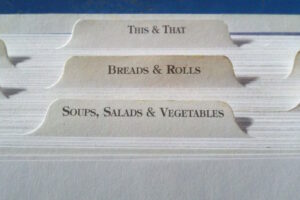The Joy of Sorting: Finding Order in Life’s Little Things
I’m sitting here, sorting through my paperclip drawer, and yes, you read that correctly—I have an entire drawer dedicated to paperclips. Right now, I’m separating the metal ones from the plastic-coated varieties, preparing a collection to donate to the auto body shop where I do bookkeeping. Their supply is running low, and I can declutter at the same time.
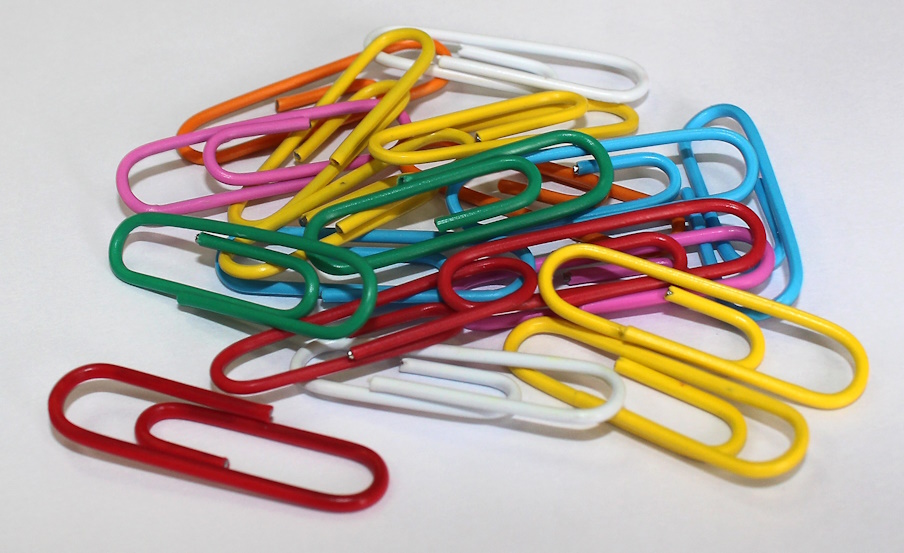
As I sort through these tiny metal organizers, I can’t help but wonder: Who else maintains a paperclip drawer, let alone takes the time to sort them by color? Yet here I am, meticulously creating little piles of plastic-coated ones and metal ones, realizing that I have definite preferences. The yellow ones? “They’re not sparking joy,” as organizing guru Marie Kondo might say. The same goes for the white ones. Give me the pinks, reds, greens, blues, and purples any day.
Finding Purpose in the Unwanted
This sorting exercise reminds me of my piano teaching days, when I found a brilliant solution for those less-favored yellow and white paperclips. They became markers for my students’ lesson books. If they disappeared (as things often do with young musicians), I didn’t mind. It was a perfect example of what professional organizers call “purposeful redistribution”—finding the right home for items that don’t serve you well but might be perfect for someone else.
Did you know that the average American office worker uses about 100 paperclips per year? Yet evidence suggests we only actually need about 30% of the papers we clip together. It’s fascinating how such a simple invention from the 1890s still dominates our organizational habits today.

The Psychology of Sorting
My sorting tendencies extend far beyond office supplies. Take M&Ms, for instance. I’ve developed an entire system based on color preferences: orange, green, and red are my favorites, while yellow, brown, and blue often get left behind. This self-imposed rationing system helps me practice portion control—you can always tell when I’ve raided the candy jar because only the less-preferred colors remain.
Interestingly, this behavior aligns with research showing that color-coding systems can increase productivity by up to 50%. Our brains process visual information 60,000 times faster than text, making color-based organization an incredibly efficient method for managing everything from files to food.
The Evolution of Organization
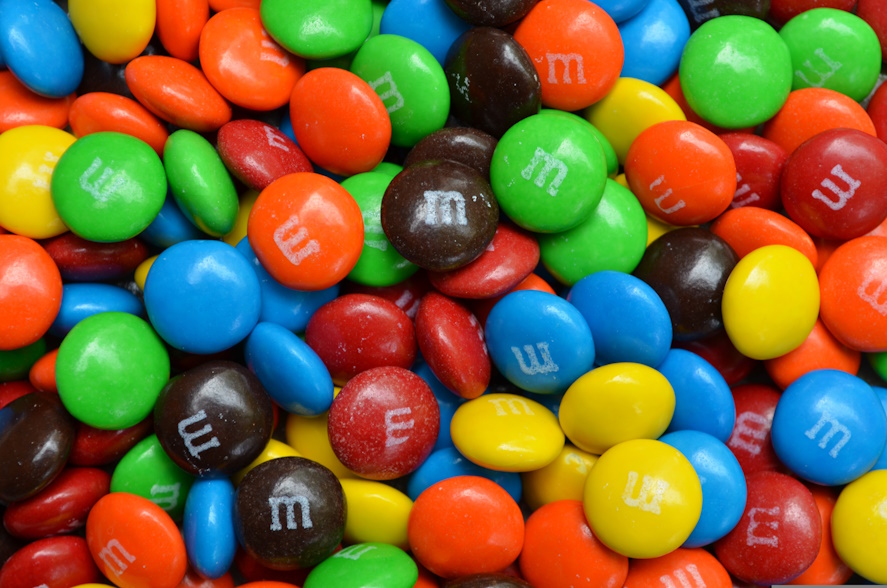
When I think about it, sorting has been a constant thread throughout my life. As a child, I would spend hours with my mother’s button box, creating intricate arrangements by size, color, and style. Picking out my favorite, special buttons. Now, as an adult, I find myself doing the same thing while planning crafting projects.
Archaeological evidence suggests humans have been organizing their possessions since the earliest civilizations. The first known storage systems date back to ancient Mesopotamia, where clay tablets were stored in specific orders on shelves. We’ve been sorting, categorizing, and organizing for over 5,000 years!
The Battery Drawer Revolution
In our house, we’ve given the traditional “junk drawer” a new identity: it’s now the “battery drawer.” It holds a battery charger, a large stash of batteries, pencils, paper, and old phone books. Speaking of those phone books—they’ve been sitting untouched since we moved in. I believe it is time to toss them. Happy day, there is now more space in the battery drawer!
This simple name change to the junk drawer has led to some interesting results. My husband quickly embraced this change, realizing that the renaming might protect his cherished items from finding the trash can when I am on one of my decluttering sprees. After all, if something is classified as junk, it’s fair game for tossing, right?
Findings reveal that the average American home has 300,000 items, and most families keep items they never use in designated “junk spaces.” By reimagining these spaces with specific purposes, we can better manage our possessions and reduce clutter.
The Art of Sock Sorting
One of my favorite sorting challenges involves tackling the family’s sock collection. I’ve turned it into a game, timing myself as I create piles for each family member while watching movies. It’s become a form of mindful relaxation, really.
Believe it or not, research indicates that engaging in repetitive, organizational tasks can reduce anxiety levels by up to 27%. It’s about creating order from chaos, one pair of socks at a time. The average American family loses 15 socks per year to the mysterious “sock void,” making regular sorting sessions essential for maintaining pairs.
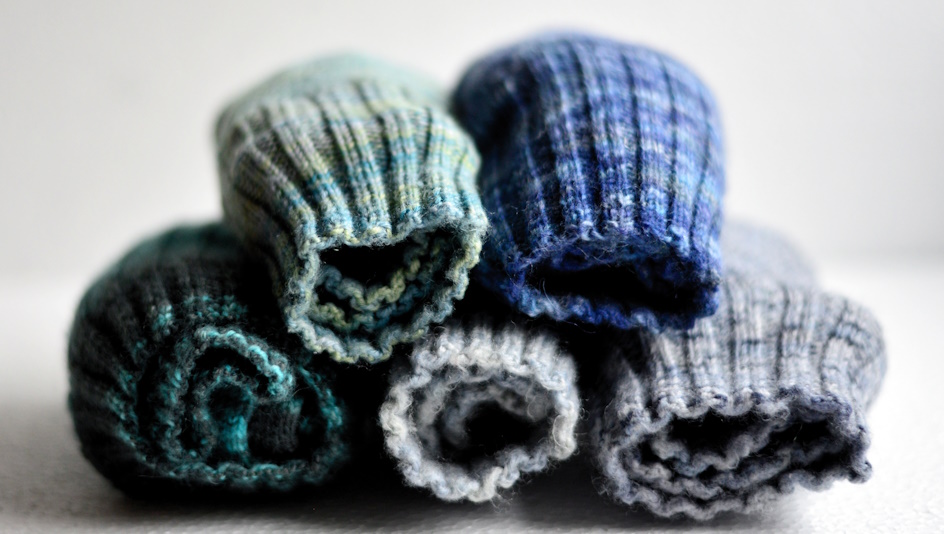
Digital vs. Physical Organization
While I still love sorting physical items like pens (separating the ones I love from those I’ve fallen out of love with), I’ve noticed how digital organization has changed our relationship with physical objects. For instance, those phone books sitting in my battery drawer haven’t moved in years. In today’s world, they’re as obsolete as a horse and buggy in a Tesla dealership.
Experts estimate that we spend about 2.5 days per year looking for misplaced items. Good organization systems, whether digital or physical, can save the average person up to 60 minutes per day.
The Creative Side of Sorting
My passion for sorting extends to my creative pursuits. I used to be an avid card maker, which meant maintaining an extensive collection of stamps, colored cardstock, and coordinating journaling pens. Organizing these supplies by color not only made them more accessible but also inspired new creative combinations.
Reports have shown that well-organized craft supplies can increase creative productivity by up to 40%. When materials are sorted and easily accessible, we’re more likely to use them and complete projects.
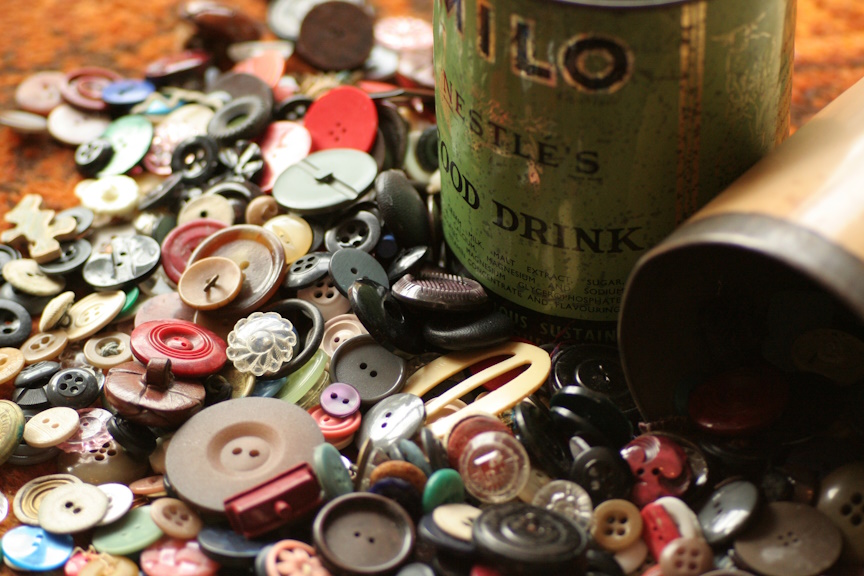
The Science of Color Sorting
My preference for certain colored paperclips and M&Ms isn’t just personal quirks. Color psychology suggests that our color preferences can affect our mood and productivity. Blue, for instance, is often associated with calmness and productivity, while yellow can increase anxiety in some people—perhaps explaining my aversion to yellow paperclips!
Therapeutic Benefits of Sorting
There’s something incredibly soothing about sorting, especially when paired with classical music. Neuroscience research supports this, showing that repetitive organizational tasks can increase the production of dopamine, our brain’s natural feel-good chemical.
When I’m sorting colored pencils, determining which ones need sharpening or retiring, I’m not just organizing—I’m engaging in a form of stress relief. Research also indicates that engaging in organizational tasks can lower cortisol levels, our body’s primary stress hormone.
Sustainable Sorting
As a homesteader, I’ve learned to apply sorting principles to sustainable living. Sorting isn’t just about organization—it’s about resource management. When I sort fabric remnants for future quilting projects, I’m practicing both organization and sustainability.
Did you know that the average American throws away 81 pounds of clothing annually? By properly sorting and storing craft materials, we can reduce waste and repurpose items that might otherwise end up in landfills.
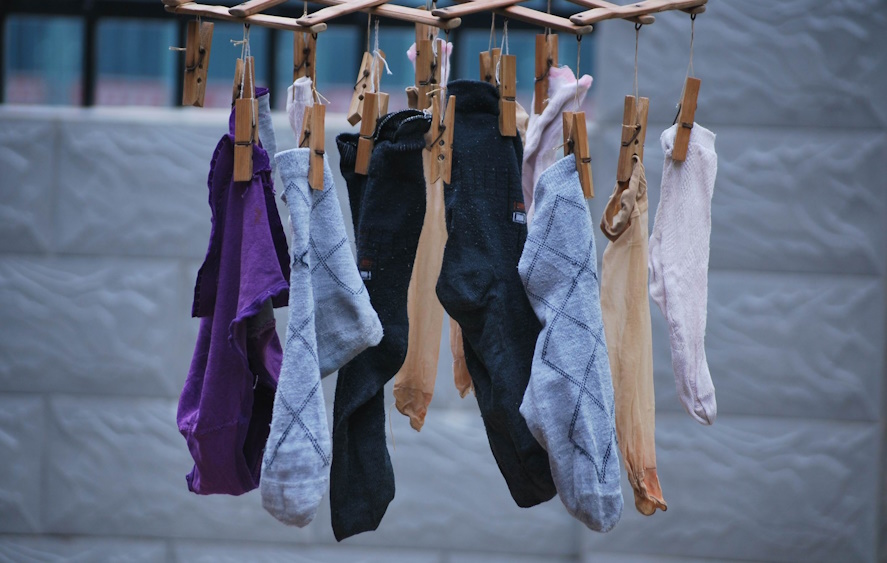
The Future of Organization
As I finish sorting these paperclips, I’m thinking about how organization systems continue to change. While I still appreciate physical sorting, digital tools and apps are transforming how we organize our lives. Yet, there’s something deeply satisfying about hands-on sorting that no app can replicate.
The key to effective organization isn’t just about having perfect systems; it’s about finding methods that work for you. Whether it’s sorting paperclips by color, M&Ms by preference, or socks by family member, the best organizational system is one you’ll actually use.
A Lifelong Journey
Looking back at my sorting adventures, from childhood button boxes to today’s paperclip organization, I realize that sorting isn’t just about creating order. It’s about finding joy in the process, discovering creative solutions, and making our spaces work better for us.
For this organizer, sorting remains both essential and enjoyable. It’s a practical skill that brings order to chaos, a meditative practice that calms the mind, and sometimes, just a simple way to pass time while making our spaces more functional. Whether you’re a fellow sorting enthusiast or someone just beginning to explore the world of organization, remember that every sorted drawer, matched sock pair, or color-coded collection is a step toward a more organized and peaceful life.


